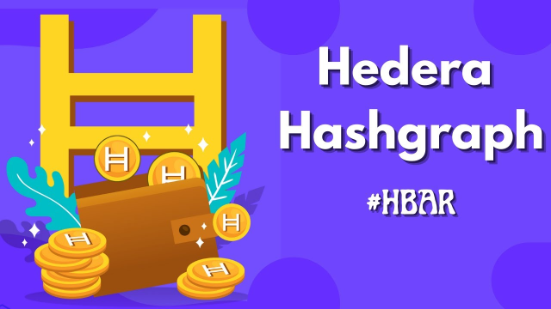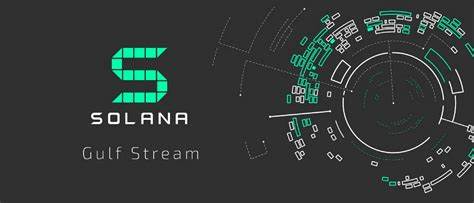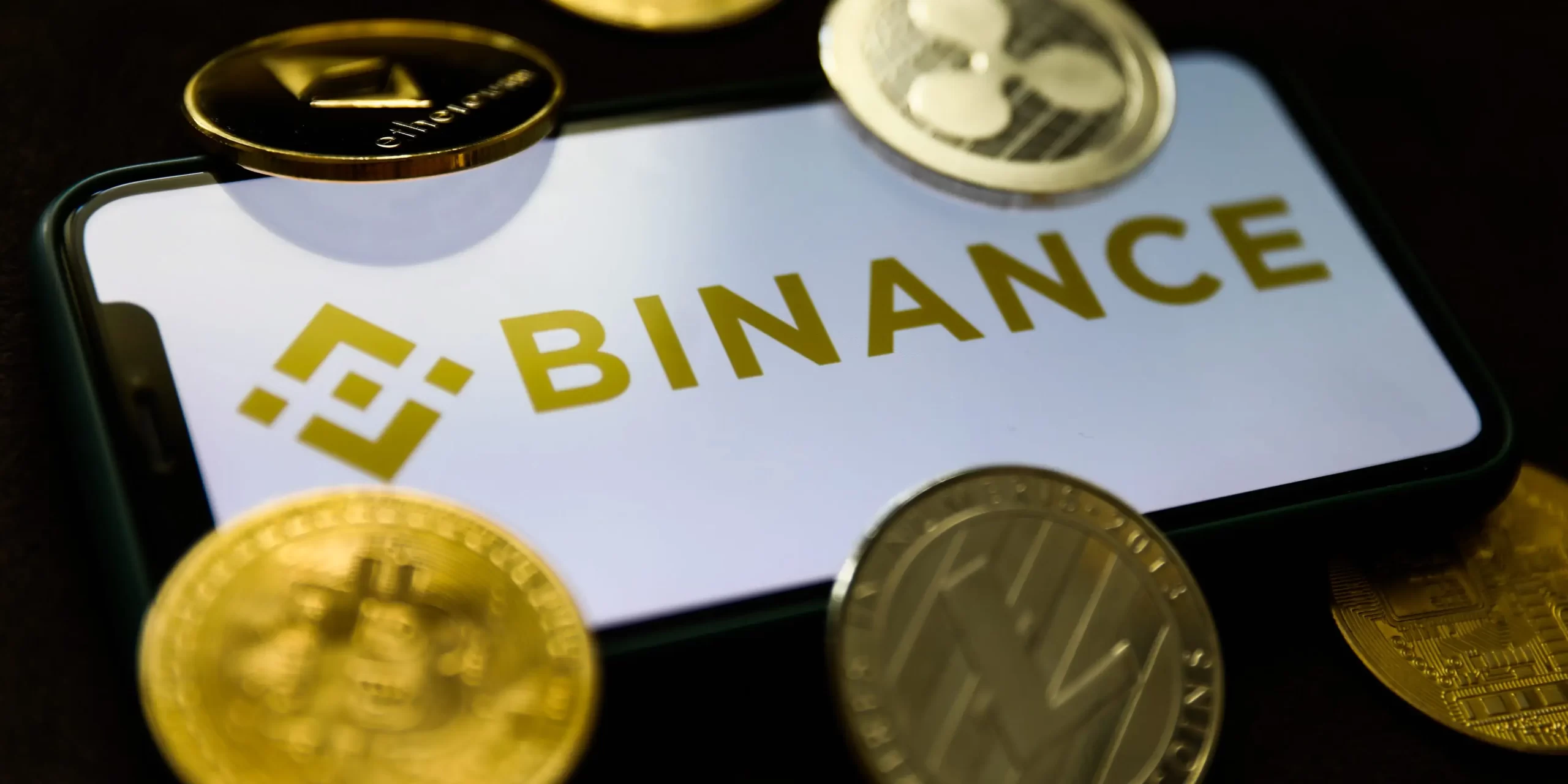Introduction to Hedera and Solana
What is Hedera?
The first important thing to understand about Hedera is that it is not a traditional blockchain. Instead, it is a new decentralized network called hashgraph. This distributed network provides technical benefits similar to blockchain, including resilience and immutability. Particularly, hashgraph offers a stronger mathematical guarantee compared to traditional blockchains.
What is Solana?
Solana is a Layer 1 blockchain designed with a focus on performance. This network was founded by a team of developers with diverse experience in various technology fields, including a software engineer from Dropbox and an executive from Qualcomm. Solana creates a centralized infrastructure, opening the door for people to build scalable decentralized applications (DApps).
What problem does Hedera solve?
Hedera was created to address significant issues commonly faced by users of blockchain networks. Firstly, the network needs to have high scalability. Hashgraph is an excellent choice with the ability to support around 10,000 transactions per second. This is significantly faster than most third-generation blockchains currently in operation, although not as fast as Solana.
https://hedera.com/
Additionally, Hedera is designed to eliminate financial barriers for deploying applications. The network introduces a new fee structure that provides predicted gas prices for the market. The network also has much lower transaction fees compared to competing platforms. Hedera applies a fee of $0.001 per transaction, surpassing Solana in this aspect.
Another important point is sustainability. Many have expressed concerns about the energy consumption of blockchains to maintain performance. Hedera’s hashgraph network is considered more sustainable by eliminating energy-consuming factors from its decentralized infrastructure.
What problem does Solana solve?
Solana is built with the aim of improving scalability for decentralized application (DApp) developers. Solana’s Proof-of-Stake consensus algorithm can support over 29,000 transactions per second with a block time of only 2.34 seconds. This scalability makes Solana a popular choice for DApp developers and decentralized exchange (DEX) platforms. Notably, the platform has closely collaborated with Serum DEX to provide a high-performance trading experience since its launch.
https://solana.com/
Solana is a low-cost blockchain, providing a more financially responsible option for users. The network charges under $0.01 per transaction. This low fee is achieved through Solana’s unique Proof-of-History (PoH) consensus algorithm.
Related: Avalanche (AVAX) vs Solana (SOL): Which Is The Better Investment?
How does Hedera operate?
Hedera’s design is based on hashgraph technology and a custom consensus mechanism called Hedera Consensus Service (HCS). Hashgraph is similar to blockchain in storing groups of transactions approved by network participants. In the hashgraph ecosystem, these transaction blocks are called hashes.
The main difference between hashgraph and blockchain is that validators can choose the order of transactions. They also have the ability to pause or delay transactions recorded in the ledger. This flexibility is crucial for commercial applications and private blockchains.
How does Solana operate?
Solana is a Proof-of-Stake blockchain. The network uses a new consensus called Proof-of-History (PoH) to provide higher security and greater scalability. The system introduces timestamps into the consensus equation. These timestamps allow nodes to verify a certain set of timestamps instead of the entire history of the network.
Timestamps act as a cryptographic clock, arranging events in perfect order. Every entry can be quickly found and confirmed within seconds using blockchain explorers. One of the best features of this method is that it provides an additional layer of value through timestamps.
Solana uses a customized version of the Practical Byzantine Fault Tolerance (PBFT) error-tolerant system. This new protocol allows confirmers to reach consensus on an accurate ledger.
Solana Gulf Stream
Solana introduces a new system called Gulf Stream to better organize the mempool. The mempool is where transactions are stored before being placed into a transaction block for approval. In this system, the network starts forwarding the next transaction block before the last transaction block is completed. According to developers, this structure allows Solana to achieve an impressive speed of 50,000 transactions per second.
Parallel Smart Contracts
Another advanced feature of Solana is the Sealevel system. This protocol allows the network to run smart contracts in parallel. Allowing the network to run multiple smart contracts simultaneously frees up bottlenecks and enables nearly limitless scalability.
How to buy Hedera (HBAR) and Solana (SOL)
Currently, both Hedera (HBAR) and Solana (SOL) are available on the following exchanges:
Uphold – This is one of the leading exchanges for residents of the United States and the United Kingdom, offering various cryptocurrencies. Germany and the Netherlands are restricted.
Binance – One of the world’s leading exchanges, Binance provides a diverse platform for cryptocurrency trading. With a global presence, Binance is an ideal destination.
Kraken – Established in 2011, Kraken is one of the most reliable names in the industry with over 9 million users. The quarterly trading volume exceeds USD 207 billion.
Kraken exchange provides access to trading in over 190 countries, including Australia, Canada, and Europe. It is a leading exchange for US residents (excluding New York and Washington states).
Hedera and Solana – What are the differences?
Reviewing the data, it is easy to see that both systems provide remarkable performance. Solana has a slight advantage in terms of speed over Hedera. However, the use of Hedera’s hashgraph technology brings some special advantages regarding the authentication system.
Both networks provide sustainability and functionality for the market. Additionally, both services have very low fees. With Hedera’s fee rate at only one cent. Because both projects target similar customer groups, you can try both to see which one meets your requirements.










